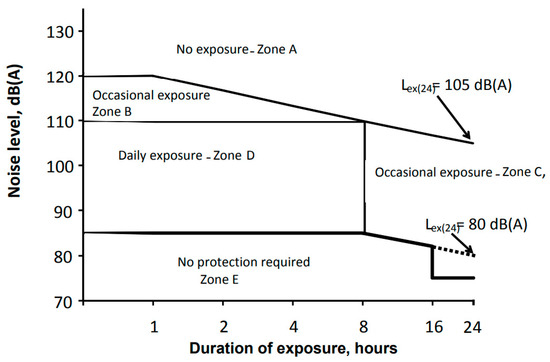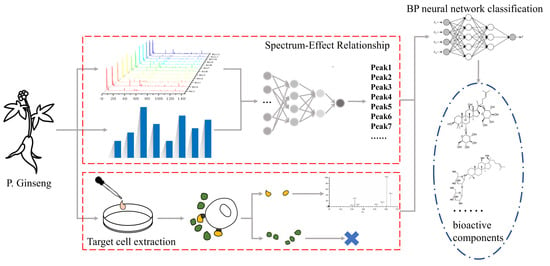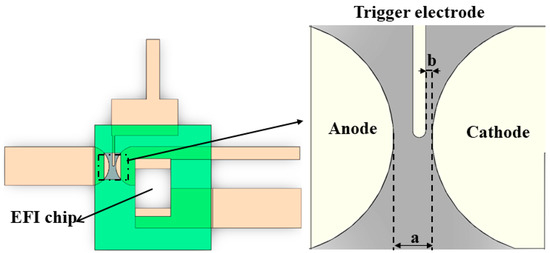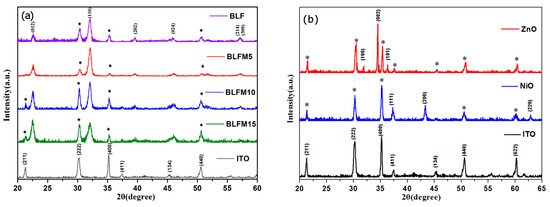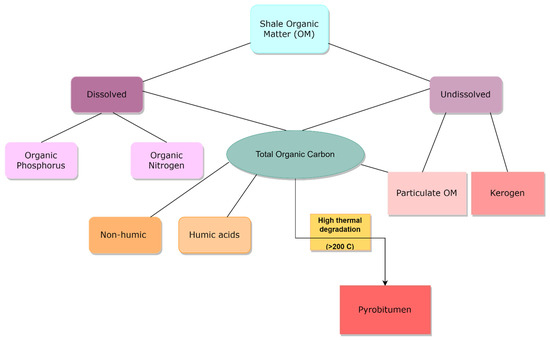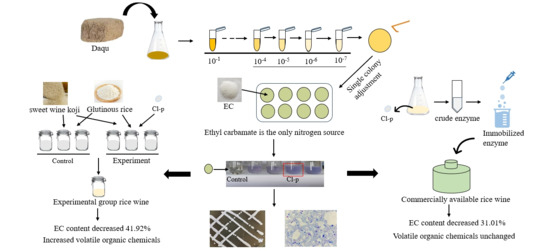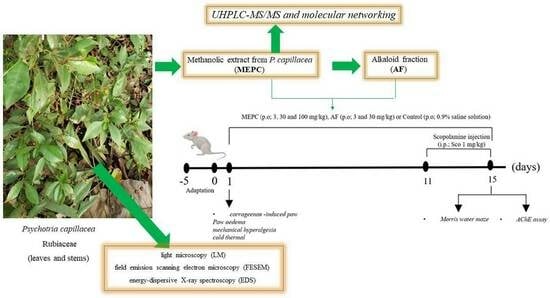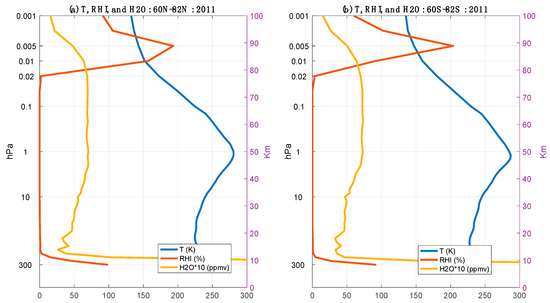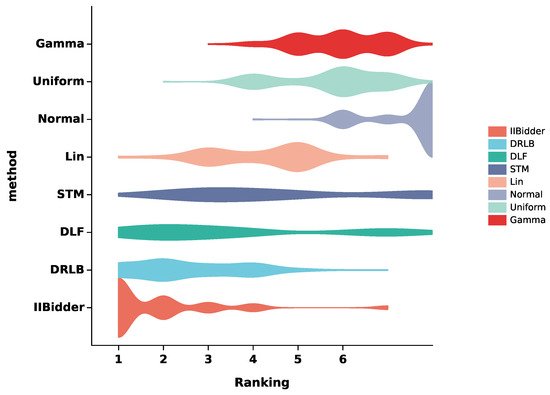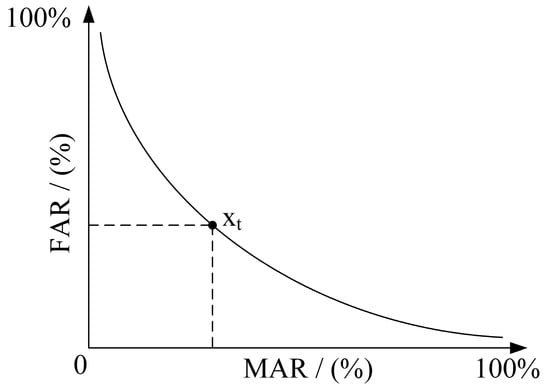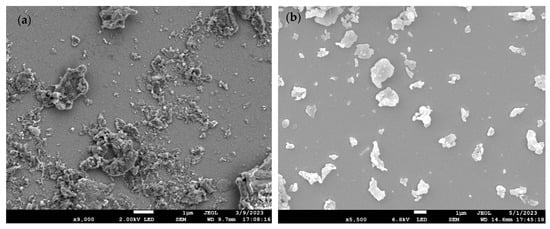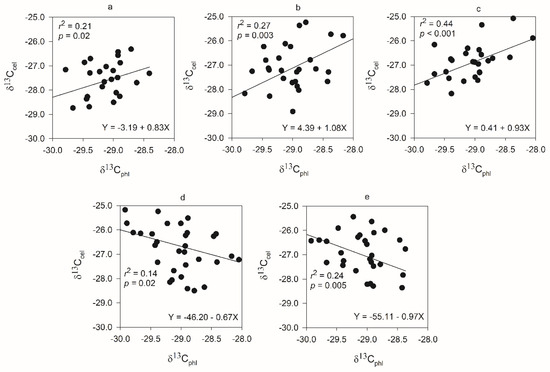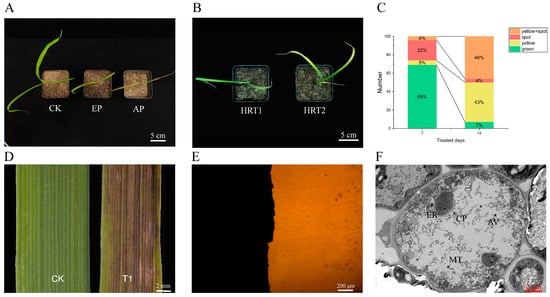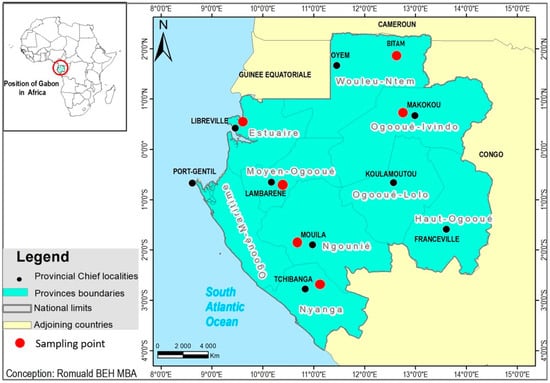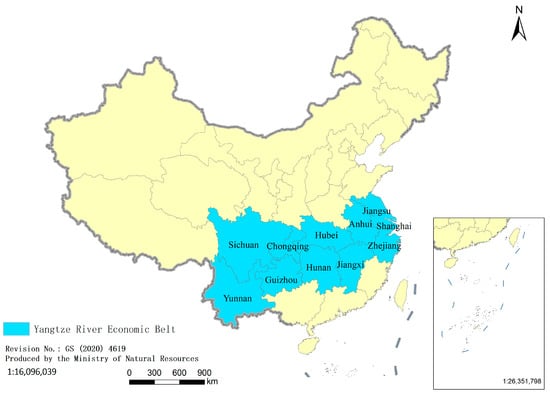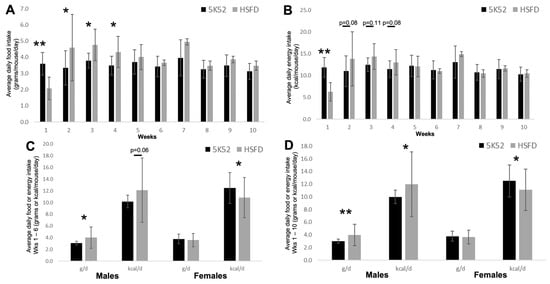Eucalyptus globulus, commonly known as blue gum or southern blue gum, is a tall, evergreen tree endemic to southeastern
Australia.
E. globulus is grown extensively in plantations to improve the sustainability of timber and fibre production across Australia. Sustainable forest management
[...] Read more.
Eucalyptus globulus, commonly known as blue gum or southern blue gum, is a tall, evergreen tree endemic to southeastern
Australia.
E. globulus is grown extensively in plantations to improve the sustainability of timber and fibre production across Australia. Sustainable forest management practices necessitate the consideration of ‘off-site’ carbon and ecological footprints. Pursuing optimal supplemental nutrient application and maximum growth rates is therefore critical to the establishment of a sustainable timber and fibre production industry. Biological indicators that can predict growth responses are therefore of extreme value. We investigated the carbon isotope abundance of wood cellulose (δ
13C
cel) in
E. globulus to determine potential relationships with the carbon isotope abundance of phloem sap (δ
13C
phl) where the trees were subjected to different level of nutrient availability. This study also sought to determine the effect of nutrient additions on the growth of the
E. globulus and to quantify the relationship between the volumetric growth of wood and δ
13C
cel. Phloem sap and wood cores were collected from trees within study plots which were subjected to seven nutrient treatments over a two-year period in a monoculture
E. globulus plantation in South Australia. Phloem sap was collected using the razor blade technique and wood cores were collected using a stem borer. The carbon isotope abundance (δ
13C) of phloem sap and wood grown in the radial direction of the stem were determined. The basic and dry densities of wood were determined, and their relationships with phloem and wood δ
13C were established. The δ
13C
phl was significantly correlated with δ
13C
cel. The relationship between δ
13C
cel and the wood density of the respective wood sections was significant but did not consistently show the same pattern. There was no significant variation in basic density observed along the radial direction of the stem wood of the short-rotation
E. globulus trees. A positive correlation was observed between δ
13C
cel and the wood basic density, but the relationship was not consistent along the radial direction of the stem. However, positive correlations were observed between δ
13C
cel and the air-dry density of respective wood sections. The relationship between phloem and wood δ
13C and the relationship between δ
13C and wood density along the radial direction of the stem needs to be considered while monitoring forest growth under nutrient- and water-limited conditions.
Full article
 IJMS
IMPACT
IJMS
IMPACT Applied Sciences
IMPACT
Applied Sciences
IMPACT Sustainability
IMPACT
Sustainability
IMPACT Sensors
IMPACT
Sensors
IMPACT JCM
IMPACT
JCM
IMPACT Energies
IMPACT
Energies
IMPACT Molecules
IMPACT
Molecules
IMPACT Materials
IMPACT
Materials
IMPACT Remote Sensing
IMPACT
Remote Sensing
IMPACT Cancers
IMPACT
Cancers
IMPACT Electronics
IMPACT
Electronics
IMPACT Mathematics
IMPACT
Mathematics
IMPACT Foods
IMPACT
Foods
IMPACT Buildings
IMPACT
Buildings
IMPACT Plants
IMPACT
Plants
IMPACT Nutrients
IMPACT
Nutrients
IMPACT Animals
IMPACT
Animals
IMPACT Polymers
IMPACT
Polymers
IMPACT Water
IMPACT
Water
IMPACT Diagnostics
IMPACT
Diagnostics
IMPACT Biomedicines
IMPACT
Biomedicines
IMPACT Agronomy
IMPACT
Agronomy
IMPACT Microorganisms
IMPACT
Microorganisms
IMPACT Processes
IMPACT
Processes
IMPACT Healthcare
IMPACT
Healthcare
IMPACT Forests
IMPACT
Forests
IMPACT Cells
IMPACT
Cells
IMPACT JMSE
IMPACT
JMSE
IMPACT Medicina
IMPACT
Medicina
IMPACT Viruses
IMPACT
Viruses
IMPACT Agriculture
IMPACT
Agriculture
IMPACT Nanomaterials
IMPACT
Nanomaterials
IMPACT IJERPH
IJERPH
 Land
IMPACT
Land
IMPACT Pharmaceutics
IMPACT
Pharmaceutics
IMPACT Pharmaceuticals
IMPACT
Pharmaceuticals
IMPACT Religions
IMPACT
Religions
IMPACT Biomolecules
IMPACT
Biomolecules
IMPACT Life
IMPACT
Life
IMPACT Micromachines
IMPACT
Micromachines
IMPACT Atmosphere
IMPACT
Atmosphere
IMPACT Antioxidants
IMPACT
Antioxidants
IMPACT Genes
IMPACT
Genes
IMPACT Metals
IMPACT
Metals
IMPACT Symmetry
IMPACT
Symmetry
IMPACT Children
IMPACT
Children
IMPACT Coatings
IMPACT
Coatings
IMPACT Vaccines
IMPACT
Vaccines
IMPACT Horticulturae
IMPACT
Horticulturae
IMPACT Education Sciences
IMPACT
Education Sciences
IMPACT Minerals
IMPACT
Minerals
IMPACT Brain Sciences
IMPACT
Brain Sciences
IMPACT JPM
IMPACT
JPM
IMPACT Bioengineering
IMPACT
Bioengineering
IMPACT




